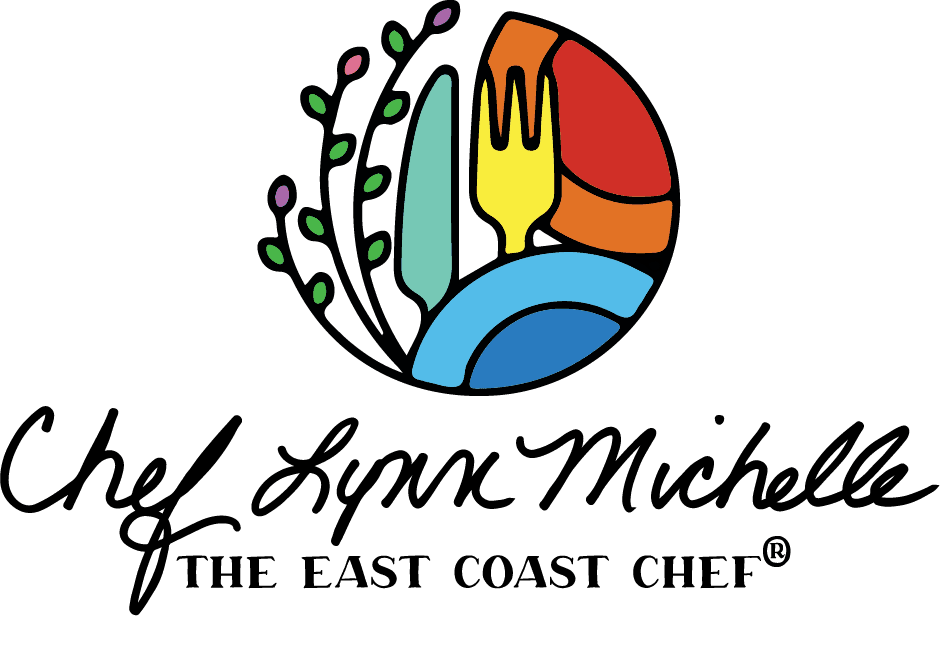If your brownies, cookies, or cakes always end up too dry or gooey, it doesn’t mean that you’ve been reading the recipe wrong, there’s something wrong with your oven, or that you’re a lousy cook. You may have been measuring your ingredients wrong all along.
It may not seem like there’s much of a difference between loose and packed sugar, softened and cold butter, or a pinch and a teaspoon of salt, but the quantity and chemical structure of each ingredient can significantly affect the flavor and consistency of your baked goods. So spare yourself the trial and error (and soggy pie crusts) using these tips to measure ingredients correctly.
Measuring Liquids
It’s easiest to measure liquids in glass or clear plastic cups with multiple measurement options. These cups should have a spot at the top for pouring and a space above the top measuring line to avoid spills. Place the cup on a flat surface before pouring the liquid in for accurate measurements. Bend down to view the amount at eye-level and not lift the cup to make sure you’ve measured enough.
If you measure sticky liquids like honey, syrup, or molasses, spray the cup with nonstick cooking spray in advance to make for easier pouring and cleanup.
Measuring Dry Ingredients
Spoon dry ingredients such as flour, sugar, or cornmeal into a dry measuring cup over a canister, the sink, or waxed paper. Fill the cup to overflowing, then level by sweeping a metal spatula or the flat side of a knife across the top.
If you measure brown sugar or another ingredient that needs to be “packed,” fill up the measuring cup, use a spoon or spatula to pack it down, then level off the top.
Measuring Sour Cream and Yogurt
Unlike regular liquids, you can measure sour cream and yogurt in traditional measuring cups. Spoon the yogurt in, then sweep a metal spatula or the flat side of a knife across the top of a cup-like you would with a dry ingredient.
Measuring Butter
Pre-wrapped sticks of butter usually come with markings for tablespoons. Cut off the amount needed, following guidelines marks on the wrapper, using a sharp knife. In case you’re using unwrapped butter, a whole ¼-pound stick equals ½ cup, half a stick is ¼ cup, an eighth of a stick is 1 tablespoon. Make sure you pay attention to whether the recipe calls for cold, softened, or melted butter!
Measuring Bulk Ingredients
You can add most mix-ins like nuts, raisins, or chocolate chips to taste, but measure bulk ingredients in a traditional measuring cup. Level off the top if necessary.
Measuring Herbs and Spices
Fill a measuring spoon with salt, pepper, or a ground spice like cinnamon, then level off the top. For fresh chopped or dried herbs, lightly fill the measuring spoon to the top.
Whether you fell in love with baking over quarantine, want to tackle more advanced recipes, or would like to learn the basics just in time for the holidays, Chef Lynn Michelle can show you how. Grab your friends and family and learn almost any recipe or style of food in a private, at-home cooking class. Call 843-422-5480 or click here to learn about her private cooking class services.
